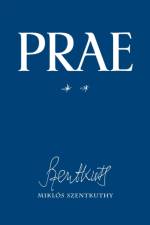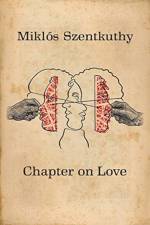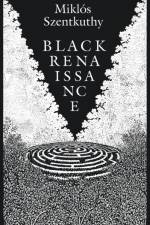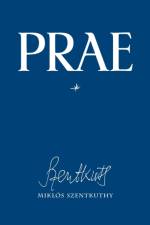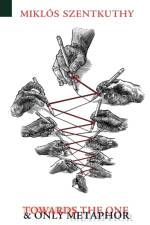- St. Orpheus Breviary, Vol. II
av Miklos Szentkuthy
301
Black Renaissance, the second volume of the St. Orpheus Breviary, is the continuation of Miklos Szentkuthy’s synthesis of 2,000 years of European culture. St. Orpheus is Szentkuthy’s Virgil, an omniscient poet who guides us not through hell, but through all of recorded history, myth, religion, and literature, albeit reimagined as St. Orpheus metamorphosizes himself into kings, popes, saints, tyrants, and artists. At once pagan and Christian, Greek and Hebrew, Asian and European, St. Orpheus is a mosaic of history and mankind in one supra-person and veil, an endless series of masks and personae, humanity in its protean, futural shape, an always changing function of discourse, text, myth, & mentalite. Through St. Orpheus’ method, disparate moments of history become synchronic, are juggled to reveal, paradoxically, their mutual difference and essential similarity. “Orpheus wandering in the infernal regions,” says Szentkuthy, “is the perennial symbol of the mind lost amid the enigmas of reality. The aim of the work is, on the one hand, to represent the reality of history with the utmost possible precision, and on the other, to show, through the mutations of the European spirit, all the uncertainties of contemplative man, the transiency of emotions and the sterility of philosophical systems.” In Black Renaissance, the dramatic scenes and philosophical passages (never a fog of abstractions, more the world and tone of Nietzsche’s Zarathustra) parade before the reader ostensibly as three characters, by way of three Orphean masks: Renaissance and baroque composer Claudio Monteverdi, architect and engineer Filippo Brunelleschi, and a tutor to the young Elizabeth Tudor. From Monteverdi’s impassioned search for an opera subject in the works of Tacitus to his meditations on divinities, to Brunelleschi’s diving into the works of Herodotus so as to illustrate Greek history, Szentkuthy veers through the Renaissance, sounding a pessimistic ‘basso continuo’ on psychology, sin, metaphysics, truth and relativism. Through Orpheus’ final mask, that of the tutor of Elizabeth, it is eros and theology, two of Szentkuthy’s fundamental concerns, that receive yet another complex and engrossing dramatization. Metaphysics, Rationalism, and existentialist despair all spin through the author-narrator’s kaleidoscope as he closes his Black Renaissance by discoursing on the Revelation of St. John the Divine. A thousand attempts at defining physical and spiritual, heavenly and earthly love all fail.


